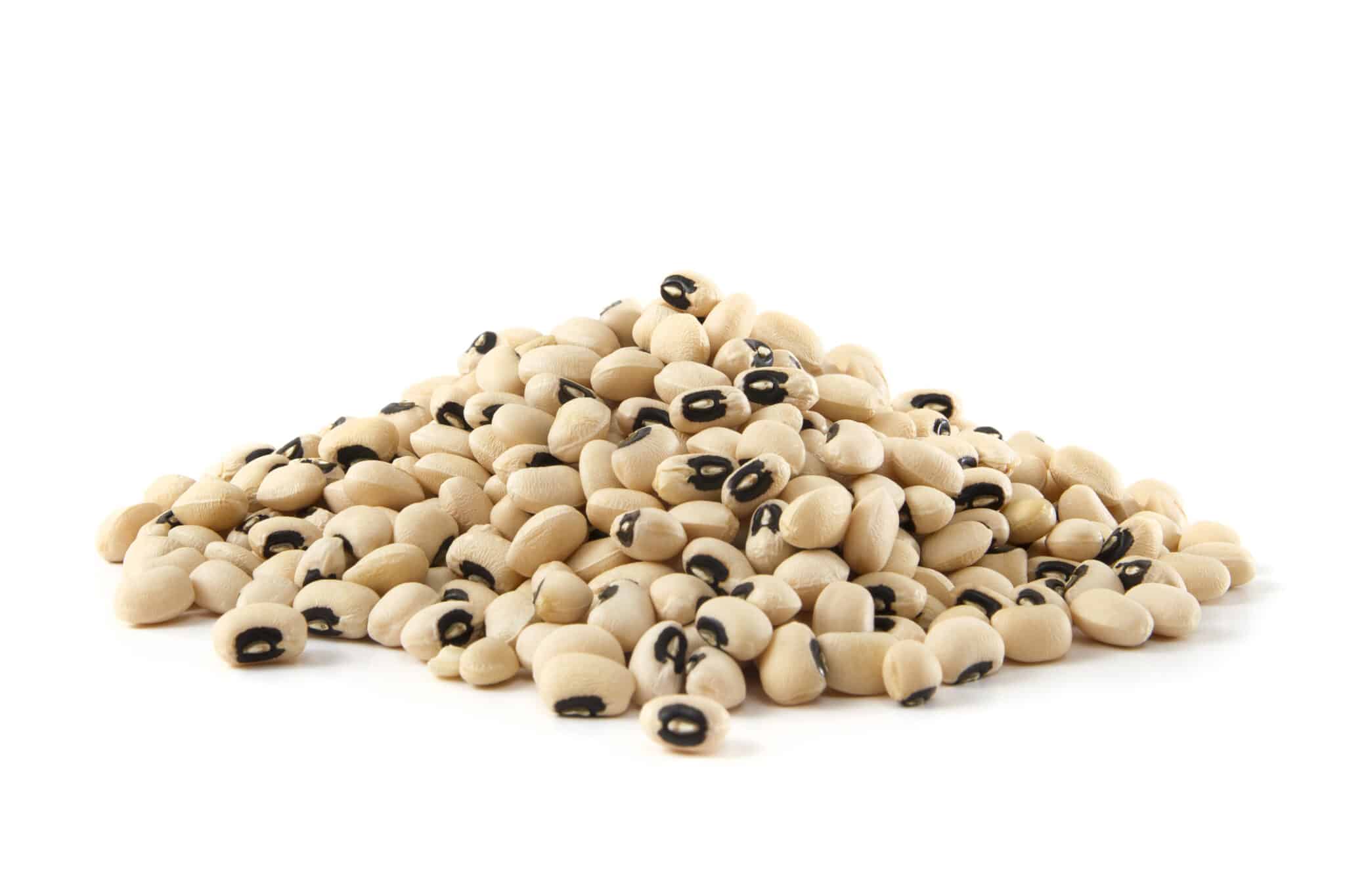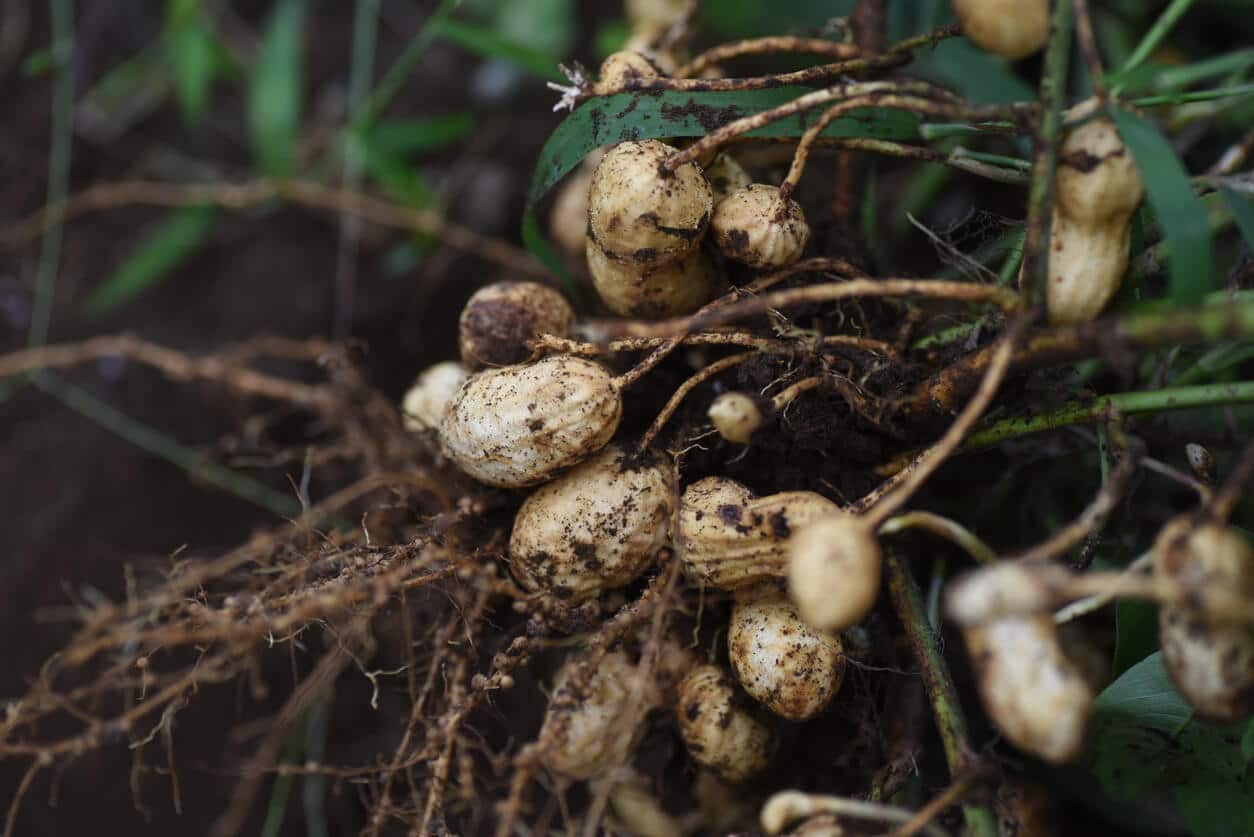If you grew up near Southern culture, you’ll know that on New Year’s Day, you’re supposed to eat black-eyed peas for good luck. Though, the path for black-eyed peas to be good luck was a complicated history — in the days of Civil War and slavery, black-eyed peas had a completely different reputation in the U.S. and globally. Take a look at the long history of black-eyed peas before you eat them on New Year’s Day.
TIMELINE:
- 6,000 Years Ago: Black-eyed peas were domesticated in West Africa (most likely Nigeria and northern Cameroon).
- 2500 BC: Black-eyed peas spread to West and East Africa to Egypt.
- 1500 BC: The crop spread beyond West Africa into the Mediterranean, South Asia and Central Asia.
- 1500s: Annibale Carracci noted that black-eyed peas were unrefined in his painting The Bean Eater.
- 1674: Black-eyed peas were brought to the West Indies by enslaved West Africans
- 1873: Charles Ball, an enslaved African American from Maryland, wrote in his memoir: “We had plenty of bread, and a supply of black-eyed peas, gathered from our garden, some of which [were] boiled in our kettle.”
STATS:
80% is the amount of global black-eyed peas growth from Niger, Nigeria, Burkina Faso and Tanzania.
12 million hectares is the amount of estimated land that black-eyed peas are grown on.
3rd is the rank of black-eyed peas in terms of most important pulse crops in the globe.
QUICK FACTS:
- Black-eyed peas aren’t really peas — they’re actually a cowpea variety, but it’s really a bean variety.
- Originally used as food for livestock, they became a staple of the slaves’ diet. During the Civil War, black-eyed peas (field peas) and corn were thus ignored by Sherman’s troops. Left behind in the fields, they became important food for the Confederate South.
- In the American South, eating black-eyed peas and greens (such as collards) on New Year’s Day is considered good luck: the peas symbolize coins and the greens symbolize paper money.
- Intercropping of black-eyed peas with cereal grains, like sorghum, increased food yields in the past by attracting pollinators and fixing nitrogen.
- Due to its ease in growing and its history and reputation from its associations with slavery in the U.S., black-eyed peas were seen as a food to lift formerly enslaved people out of systemically reinforced poverty.
Sources: The Library of Congress, JSTOR, Plant Lab Humanities













